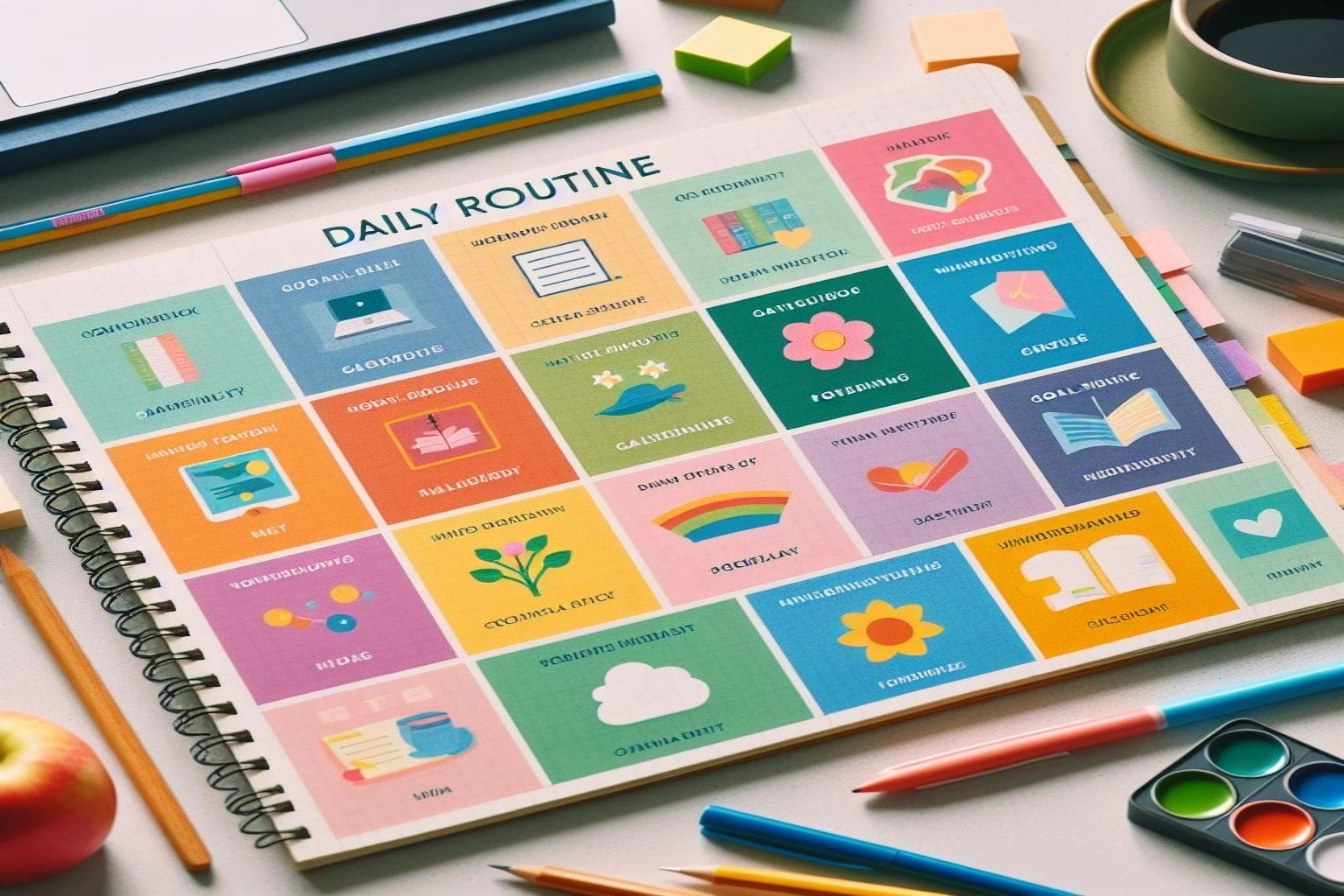
Introduction:
Payday brings a sense of relief and excitement as you finally have fresh funds to cover expenses and hopefully have some leftover. However, without a clear plan, that money seems to slip through your fingers leaving you scrambling again before the next paycheck.
Break this vicious cycle! When implemented properly, your paycheck is a powerful tool for building long-term wealth and financial freedom.
Follow these 7 essential steps when that direct deposit hits to take control of your finances and build lasting wealth:
Step 1: Set Up Direct Deposit into Your Checking Account
The first critical step is to have your net income, after accounting for taxes and 401k contributions, directly deposited into your checking account. Eliminate the delay and hassle of depositing physical checks yourself.
Direct deposit ensures you have immediate access to your funds and avoids the fees associated with cashing checks at banks or predatory check cashing services. Unfortunately, too many people lack even a basic checking account and fall victim to these unnecessary fees.
With direct deposit, you also avoid the temptation and fees associated with payday loans. When cash runs short, payday loans seem like an easy fix, but they come at an incredibly high cost.
Payday lenders charge $15-$30 in fees per $100 borrowed. When calculated as an Annual Percentage Rate, these fees equate to a staggering 300-500% interest rate! Small initial fees spiral into thousands in interest paid over time. Avoid payday loans at all costs.
Set up direct deposit and stick to a budget between paychecks. Being proactive beats paying hundreds in fees because you lack a plan.
Step 2: Build Your Emergency Fund Savings
Now it’s time to start building up your emergency fund if you don’t already have sufficient savings. This involves dedicating a portion of each paycheck to savings before spending on anything else.
It’s recommended to have 3-6 months’ worth of living expenses saved in your emergency fund. This provides a financial safety net in case you lose your job, have unforeseen medical bills, your car breaks down, or any other costly surprise life throws at you.
Of course, building up to 3-6 months of savings takes time. Aim to save $2,000 first in a separate high yield savings account that you don’t touch except for true emergencies.
Having a starter $2,000 emergency fund gives you a buffer between paychecks and prevents having to rely on credit cards or payday loans when unexpected expenses come up.
Automate your savings deposits so they happen like clockwork each pay period. Even small amounts add up over time. The key is to make savings an automatic habit, not an afterthought.
While $2,000 is a starting point, don’t stop there! Continue growing your savings until you have a fully stocked 3-6 month emergency fund for true peace of mind.
Step 3: Eliminate High Interest Debt
Once you have a starter emergency fund, it’s time to pay down expensive high interest debt aggressively. This includes credit cards, payday loans, personal loans, or any other debt with interest rates above 10-15%.
High interest debt destroys your finances as more money goes towards interest than paying down the principal balance. It can feel like you’re on a debt treadmill getting nowhere.
Make a list of all debts, interest rates, and balances. Then employ the “debt avalanche” method to pay them off. This involves listing your debts from highest interest rate to lowest and paying minimums on all debts except the most expensive.
Throw every extra dollar at the highest interest debt to eliminate it. Once that first debt is paid off, roll that payment amount into the next highest interest debt. Repeat this method until you’re debt-free outside of low interest loans like a mortgage.
Having this high interest debt paid off frees up more cash flow to dedicate toward your other financial goals like investing and building wealth.
Step 4: Invest 15% of Your Income for the Future
Once you have your emergency fund established and high interest debt eliminated, the next step is to begin consistently investing a portion of your income, ideally 15%, towards retirement and other investment accounts.
Failing to invest is one of the biggest wealth killers. Consistent investing over decades is how you grow wealth and eventually achieve financial independence. Luckily, investing is easier than ever with automation and apps.
If investing is new to you, start by reading some basic investing books and blogs to gain foundational knowledge. Open an IRA account and contribute up to the annual maximum of $6,000 ($7,000 if 50+ years old).
Max out any 401k match from your employer then invest additional funds into a Roth IRA account. This provides tax-advantaged growth on investments.
Employ a “set it and forget it” passive investing strategy using low-fee index funds, target date retirement funds, or robo advisors. This hands-off approach provides solid returns without much effort.
Investing 15% annually for 30+ years yields hundreds of thousands in gains through the power of compound interest. Make your money work for you using time to your advantage.
Step 5: Continue Growing Your Emergency Savings
While you should now be consistently investing 15% or more of your income, it’s also important to continue growing your emergency fund savings account with an additional 10% of your pay.
Keep following your automated savings plan until you have a fully funded emergency fund with 3-6 months’ worth of living expenses. This savings provides increased peace of mind and flexibility.
With a full emergency fund, you don’t have to go further into debt to cover unexpected costs. It also allows you to take risks like launching a business or going back to school to advance your career since you have reserves to get you through periods of lower income.
A full emergency fund reduces money stress and anxiety since you know you have a financial fallback if anything disrupts your income flow. Keep making regular contributions until you reach your emergency savings goal.
Step 6: Prioritize Needs Over Wants
After dedicating portions of your pay to savings, debt repayment, and investments, it’s time to budget the remainder for your needs and some wants. The key is learning how to discern between needs and wants.
Monthly needs include housing, utilities, groceries, insurance, minimum debt repayments, childcare, and transportation to work. You need enough income leftover after the previous steps to cover these predictable expenses.
It’s easy to blur the line between needs and wants. Wants include dining out, hobbies, entertainment, vacations, premium housing, flashy cars, and the latest technology. Wants feel like needs, but you can survive without them.
By sticking to a reasonable budget that prioritizes needs first, you avoid the lifestyle creep that leads to overspending and endless debt. Give yourself a healthy amount of fun money for wants without going overboard.
Step 7: Buy Back Your Time
As you become more financially established by following these steps, look for ways to buy back your time. Outsource tasks like cleaning, yardwork, pet care and grocery delivery. Hire a bookkeeper. Order meal kits. Anything time consuming that someone else can do for reasonable pay.
Buying back time allows you to focus on what’s important – family time, hobbies, passion projects, and advancing your career. You can’t buy more time, so spend it wisely and reduce unnecessary time drains.
Regaining time also provides opportunities to earn more income. Use those extra hours to finally start your side business, freelance, or take on overtime and promotions at work. More income means more money to invest and build long-term wealth.
Getting paid does not mean the money needs to disappear instantly. Following these 7 essential steps when you get paid positions you to take control of your finances and build wealth that will last.
What strategies do you use when payday comes around? Which of these steps do you think has the biggest impact? Let me know in the comments!







